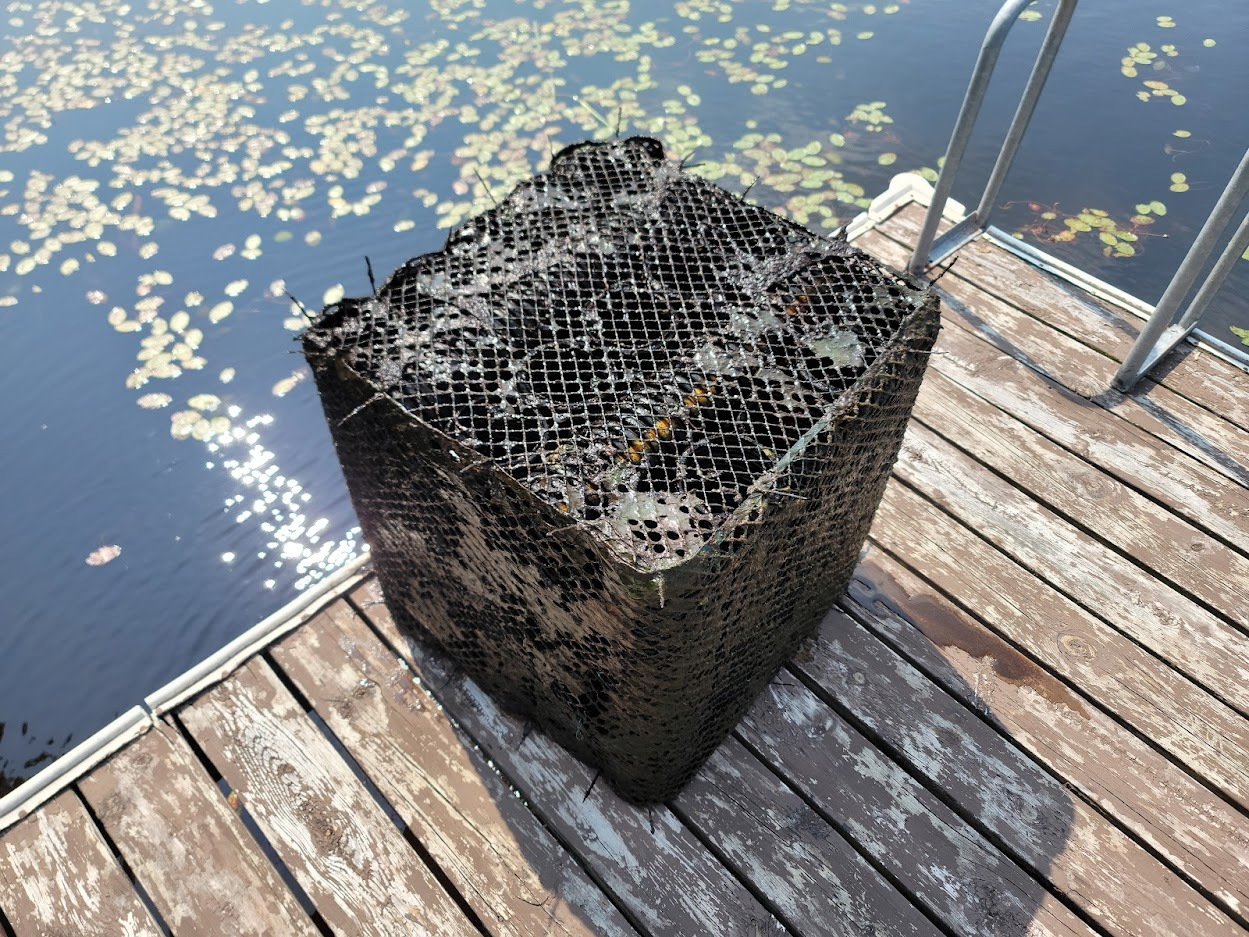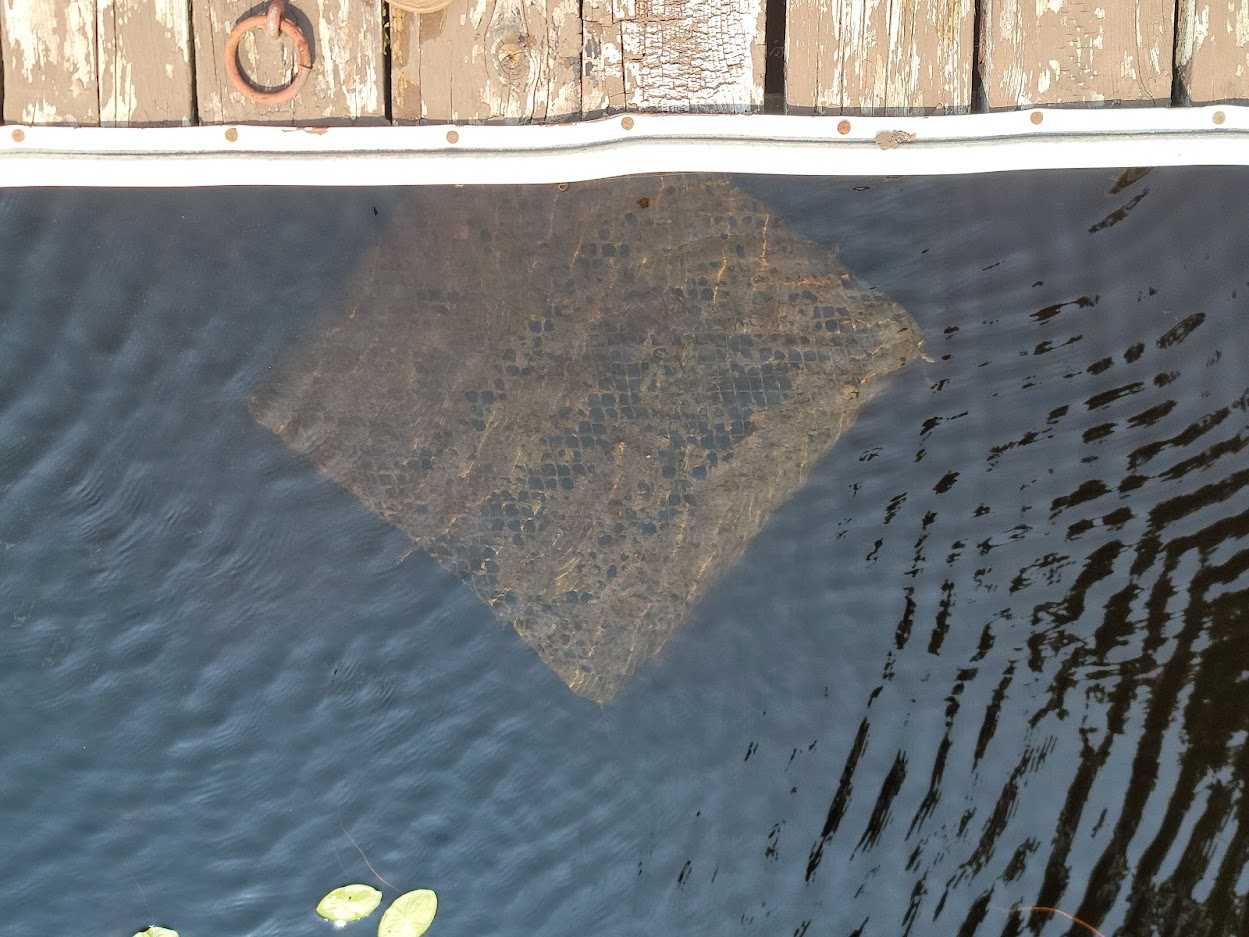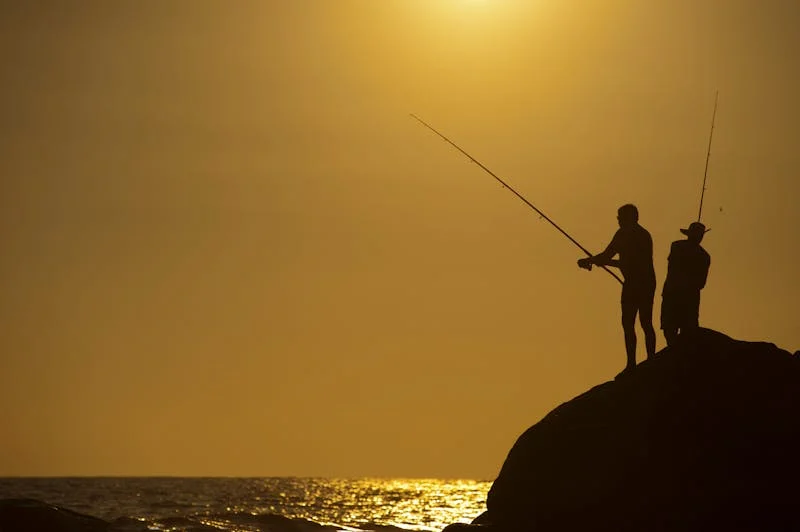What Lies Beneath the Surface Will Blow Your Mind!

Source: Reddit
There’s a special kind of magic when you sit by a lake, a fishing rod in hand, watching the quiet ripple of the water at dawn. If you were lucky enough to grow up near a lake, you probably remember those summer mornings when the world was still, save for the occasional splash of a fish breaking the surface or the hum of a boat off in the distance.
You may have been too young to realize it, but somewhere beneath the water’s surface, an ecosystem of survival was playing out. Among the submerged logs, tangled roots, and reeds, baby fish would dart in and out of cover, hiding from the ever-watchful eyes of the bigger fish lurking in the depths. It wasn’t long before people realized they could replicate these natural sanctuaries to help the fish populations thrive—and the humble fish crib was born.
The concept behind the fish crib is both simple and brilliant. It’s a structure designed to mimic the natural hiding places that small fish, or fry, use to avoid becoming lunch for larger predators. The idea took root in the 20th century, around the 1950s, when fisheries and anglers began experimenting with artificial habitats to encourage healthier fish populations in lakes and reservoirs.
Much like how kids build forts out of blankets and furniture, early fish cribs were built from logs, branches, and whatever materials were readily available. Fishermen and conservationists quickly noticed that these cribs created perfect hiding spots for young fish. The criss-cross of wood and rock-filled structures provided shelter from predators while also attracting algae, insects, and other critters, creating a little ecosystem that helped fry grow strong.

Source: imgur
As fishing became a beloved pastime in the post-war era, particularly in rural America, families flocked to lakes for weekend getaways and holidays. For many, fishing was more than a sport; it was a way of life. Fathers and grandfathers passed down rods, reels, and the art of baiting hooks, teaching the next generation to appreciate the quiet patience required for a good catch. And for those who were serious about angling, the fish crib became a well-known trick to improve their odds.
Fish cribs were a symbol of stewardship for the environment. They were a way to give back to the waters that provided food, sport, and countless memories. They were often seen as a DIY project—an activity where neighbors might gather to build a few cribs in the off-season, sinking them into the lake before the ice melted. The cribs did more than protect young fish—they turned ordinary fishing holes into prime spots, where bigger fish hung around, hoping to catch a fry that wandered too far from cover.
For anglers, cribs offered a reliable location to catch the “big boys” like bass and walleye. Many fishermen can recall tales of returning year after year to the same spot by the dock, knowing that just below the surface, a crib was working its magic, ensuring a steady population of fish.

The invention of the fish crib was more than just a clever way to catch fish; it was a reflection of changing attitudes towards conservation and environmental management. In a time when overfishing and habitat destruction were beginning to show their effects, fish cribs were a simple yet effective way to help maintain healthy fish populations without the need for expensive or intrusive interventions.
Today, modern fish cribs often use materials like PVC pipes and mesh to ensure longevity and prevent pollution, but the principles remain the same. Whether in small ponds or sprawling lakes, these cribs provide a safe space for young fish to grow, supporting the ecosystem from the ground up. And, of course, they continue to be a great spot for anglers hoping to land the big catch.
As you sit by the water’s edge today, perhaps casting a line, it’s humbling to think that something as simple as a pile of submerged wood or pipe could have such a profound impact. Fish cribs may not be glamorous, but they represent a quiet guardianship of the lakes we love—a legacy of care and conservation that’s been passed down from one generation to the next.

So, next time you’re reeling in a fish, remember that beneath the surface, those little cribs are hard at work, giving baby fish a place to hide, and ensuring that the tradition of fishing—one of patience, skill, and respect for nature—continues for generations to come.



